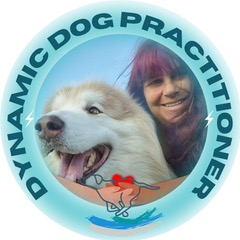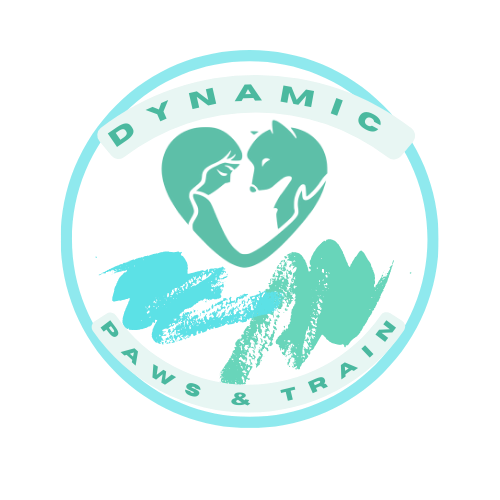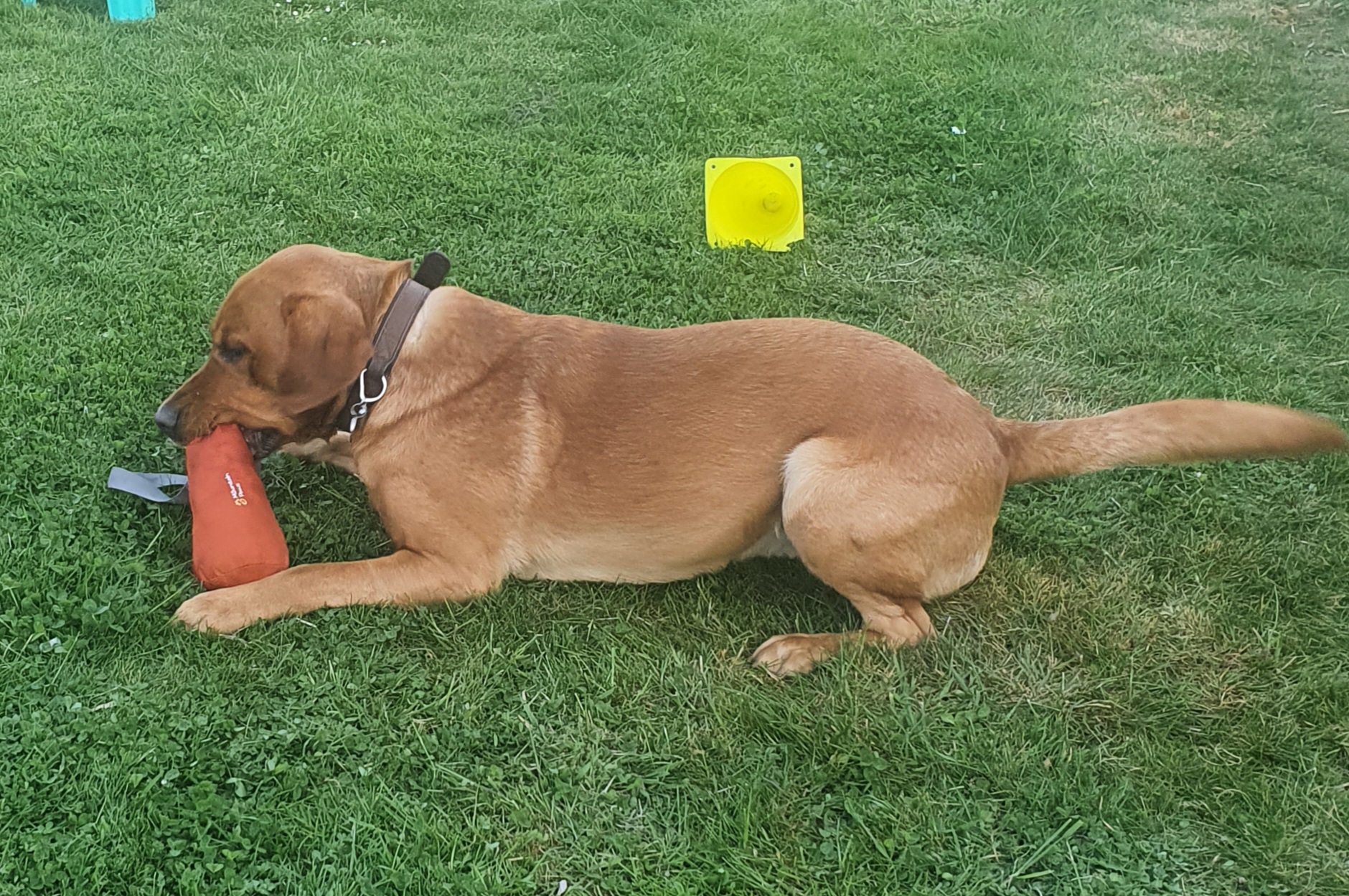There is a new wave of further understanding amongst pet dog owners that pain/discomfort and behaviour are very closely linked. Behaviourists and trainers have known this for many years, but quite often come up against brick walls as the dog ‘doesn’t show pain’ when examined.
Dogs show discomfort in their behaviour and quite often will only show that behaviour to their trusted guardians. In a veterinary setting the dogs adrenaline will rise, which is a natural pain reliever…think of the young mother who lifts a car off her child, with having a broken back herself!
So, what does that behaviour look like I hear you ask?
It can be subtle as in sleeping in a different position, choosing not to sit preferring to stand, not eating all of their breakfast, not wanting to go out for a walk to a weird waddle to their walk, running away from their walking equipment, barking and lunging at other dogs, people and vehicles. The list is endless of varying behaviours.
Behaviour is EVERYTHING that the dog does or doesn’t do, so how on earth do we find out what possibly could be going on?
This is where a Dynamic Dog Practioner can really help narrow down that needle in the haystack, for the vet to carry out further diagnostics. We are trained to carry out a Dynamic Dog Assessment, which is a functional assessment using a variety of analytical techniques that can shine a light on potential discomfort in the dog in question that could be adding to behaviour issues.
We are totally hands off, in fact the majority if not all of the data required is gathered by the dogs trusted caregiver. So, NO stress for the dog in question. This is absolutely a game changer for nervous dogs or those dogs who think strangers are dangers! Also, for those dogs that their guardian just knows something isn’t right, but nothing is ever found under examination.
Some examples of behaviour and what was found after a Dynamic Dog Assessment was completed and sent to the dogs Vet. Please remember that these behaviours were only a small piece of the puzzle. A Dynamic Dog Practioner does not diagnose, that is the remit of the Veterinary professional only.
Pica (eating of non-food items) was found to have a malformed spine
Resource guarding (of food bowl and vomit) was found to have chronic pancreatitis
Our dogs talk to us through their behaviour, it is up to us to listen and enable them to be heard.


